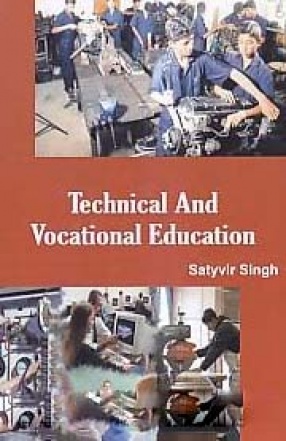In the tribal societies women contribute to the working force in a more substantial way than the women in non-tribal societies. But the tribal women’s contribution to working force has been confined largely to meeting the needs of their own subsistence agricultural economy. In the last over three decades, many large-scale irrigation and power projects, mining projects, industrial projects, and forest and wildlife projects have been taken up in the tribal areas. While the establishment of these projects have led to the displacement of a large number of tribals from their land-based economy, it has also opened new vistas of employment for tribal women in various types of occupation which arise in the wake of industrialization of a backward area. With the opening of mines and industries in tribal areas, a large number of tribal women have been drawn into occupations hitherto unknown to them in their subsistence agricultural economy. However, this new wave of employment opportunities for tribal women has also paved the way for their economic and physical exploitations. The freedom enjoyed by the tribal women in their own social system has been mistaken for license by the non-tribal labour agents, employers and other anti-social elements. The tribal woman labourers are not only subjected to work under adverse living conditions by denying them minimum wages, extracting work beyond normal working hours etc, but also have to succumb to satisfy the carnal desires of their ruthless employers. The tribal women’s participation in the unskilled industrial labour force has, thus, led to the break-up of their family ties, erosion of the authority of the village headman and traditional tribal social structure. The present publication is the most comprehensive exposition of the various aspects of economic and physical exploitations of the tribal women engaged as unskilled indutrial labour force.

Tribal Woman Labourers: Aspects of Economic and Physical Exploitation
In stock
Free & Quick Delivery Worldwide
reviews
Bibliographic information
Title
Tribal Woman Labourers: Aspects of Economic and Physical Exploitation
Author
Edition
1st ed.
Publisher
ISBN
8121201934
Length
xii+224p., Maps; Tables; Appendices; b/w Plates; Bibliography; Index;22cm.
Subjects




There are no reviews yet.